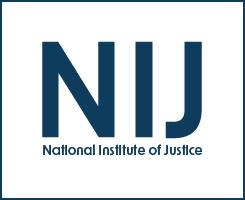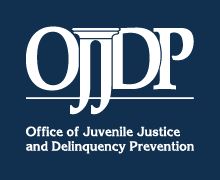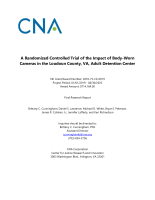Lock-up facilities
Testing Gender-Differentiated Models of the Mechanisms Linking Polyvictimization and Youth Offending: Numbing and callousness versus dissociation and borderline traits
Development of a Microcomputer Software System Prototype for Jail Information in Washington State: Executive Summary
Moral Injury as a Transdiagnostic Risk Factor for Mental Health Problems in Detained Youth
Effects of Correctional Body-Worn Cameras on Responses to Resistance: A Randomized Controlled Trial in a Jail Setting
Youth Dually-Involved in the child welfare and juvenile justice systems: Varying definitions and their associations with trauma exposure, posttraumatic stress, & offending
Applying Item Response Theory Analysis to the SAVRY in Justice-Involved Youth
Body-Worn Cameras in a Correctional Setting: Assessing Jail Deputy Attitudes Before, During, and After Implementation
Nonfatal Firearm Injury and Firearm Mortality in High-risk Youths and Young Adults 25 Years After Detention
Can body-worn cameras reduce injuries during response-to-resistance events in a jail setting? Results from a randomized controlled trial
A Randomized Controlled Trial of the Impact of Body-Worn Cameras in the Loudoun County, VA, Adult Detention Center
Understanding the Implementation and Impact of Credible Messenger Mentoring on Youth Across Settings
Associations among Trauma Exposure, Callous-Unemotionality, Race or Ethnicity, and Gang Involvement in Justice-Involved Youth
Prevalence, Comorbidity, and Continuity of Psychiatric Disorders in a 15-Year Longitudinal Study of Youths Involved in the Juvenile Justice System
Kentucky Juvenile Justice Reform Evaluation: Assessing the Effects of SB 200 on Youth Dispositional Outcomes and Racial and Ethnic Disparities, Full Report
Kentucky Juvenile Justice Reform Evaluation: Assessing the Effects of SB 200 on Youth Dispositional Outcomes and Racial and Ethnic Disparities, Executive Summary
Expanding Research to Examine the Impacts of Forensic Science on the Criminal Justice System
In 2004, the National Institute of Justice created the social science research on forensic sciences (SSRFS) research program to explore the impact of forensic sciences on the criminal justice system and the administration of justice. Much of the early research from the SSRFS program focused on DNA processing and the use of DNA in investigations and prosecutions.
See the YouTube Terms of Service and Google Privacy Policy




